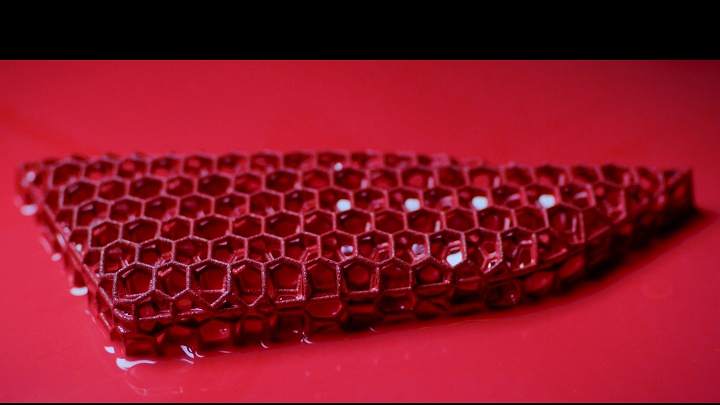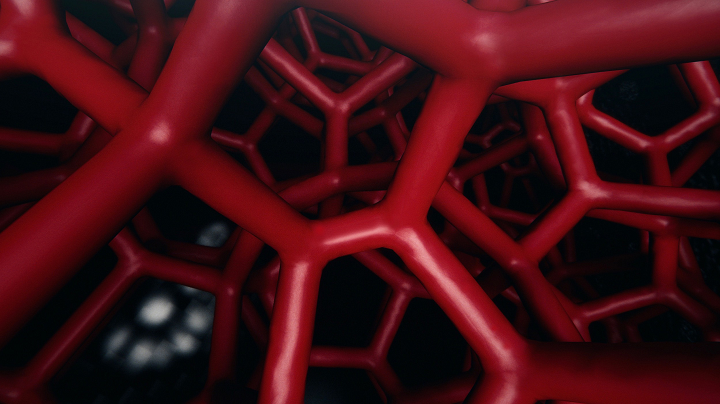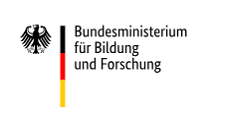3D printing is used often in the automotive sector, and many recognizable names, from Volkswagen and BMW to Ford and Toyota, are adopting the technology. German automobile manufacturer Porsche, which specializes in high-performance sports cars, SUVs, and sedans, has turned to 3D printing multiple times in the past to make components for e-drive powertrains and turbo inlet ducts. Now, the company has revealed its latest innovation – 3D printed bodyform bucket seats.
Michael Steiner, a member of the executive board for research and development at Porsche, said, “With the ‘3D-printed bodyform full-bucket seat’, we’re once again giving series-production customers the opportunity to experience technology carried over from motor sports.”
The manufacturer, based in Stuttgart, currently considers the seat a concept study, and not yet a production part. The seat’s central section is partially 3D printed, because the technology will allow Porsche to offer customers an exceptional level of customization – people who order the seat in the future will be able to choose between soft, medium, and hard firmness levels. The central section of the seat will then be custom 3D printed to provide whichever level of comfort they choose.
“The seat is the interface between the human and the vehicle, and is thus important for precise, sporty handling. That’s why personalised seat shells customised for the driver have been standard in race cars for a long time now,” Steiner said.
In the future, the manufacturer plans to bring the 3D printed seats to customers as production parts through Porsche Tequipment. But for now, only 40 of these seats, for the driver only, will be made and installed in the 911s and 718s Porsche racing models; in fact, the new 3D printed bucket seat is based on the company’s current sports seat. These 40 seats will be considered as prototypes, and will only be used on European racetracks this summer with a six-point harness.
Once Porsche receives feedback from the customers, the 3D printed seat will then be included as a regular offering in its Porsche Manufaktur catalogue starting in mid-2021 – if the feedback is good, of course. At that point, Porsche will also offer the seat in a variety of different colors as well.
The base support for the bucket seat is made out of expanded polypropylene (EPP), which is then bonded to the 3D printable, breathable custom comfort layer, featuring an aesthetically pleasing lattice structure. The seat’s final layer is made from a material that Porsche calls Racetex, which has a distinguishing perforation pattern that helps with climate control.
Porsche hopes that in the long run, it will be able to use 3D printing to offer its customers even more customization, such as seats that are designed and molded for a person’s specific body contour and shape, similar to how vehicle seats in motorsports are made for the race car driver.
There isn’t yet a price listed for these customizable 3D printed Porsche seats, but you can bet your bottom dollar that they won’t be cheap; customization rarely is, of course.
What do you think? Discuss this story and other 3D printing topics at 3DPrintBoard.com or share your thoughts in the comments below.
(Sources: Autoblog and MSN / Images: Porsche)
The post Porsche Creating Partially 3D Printed Seats that Offer Different Levels of Comfort appeared first on 3DPrint.com | The Voice of 3D Printing / Additive Manufacturing.








